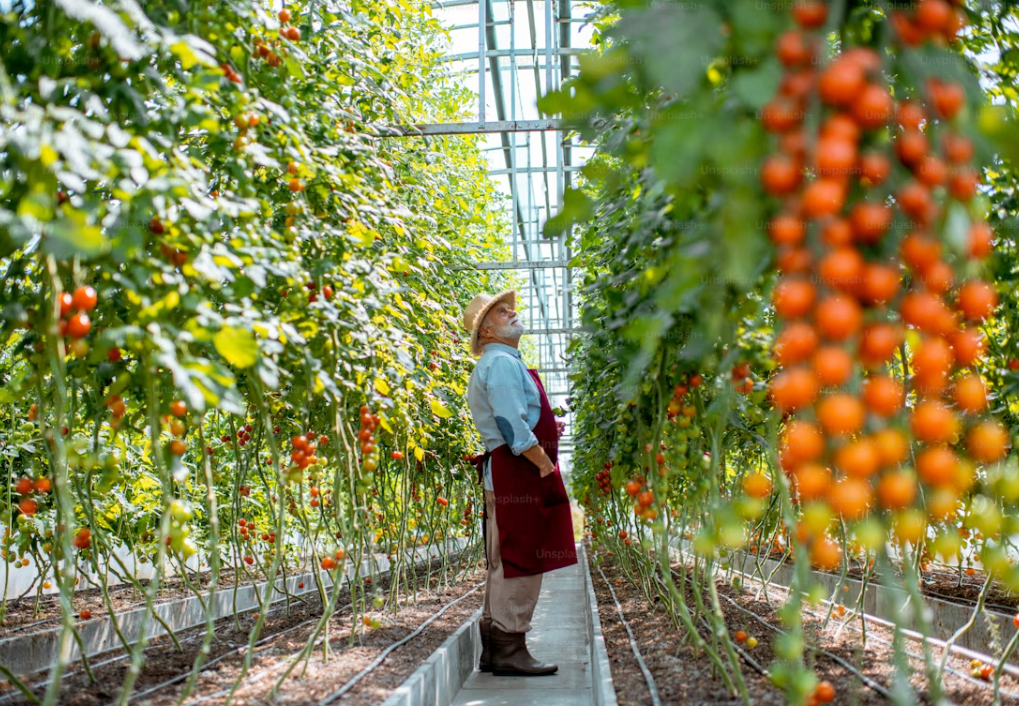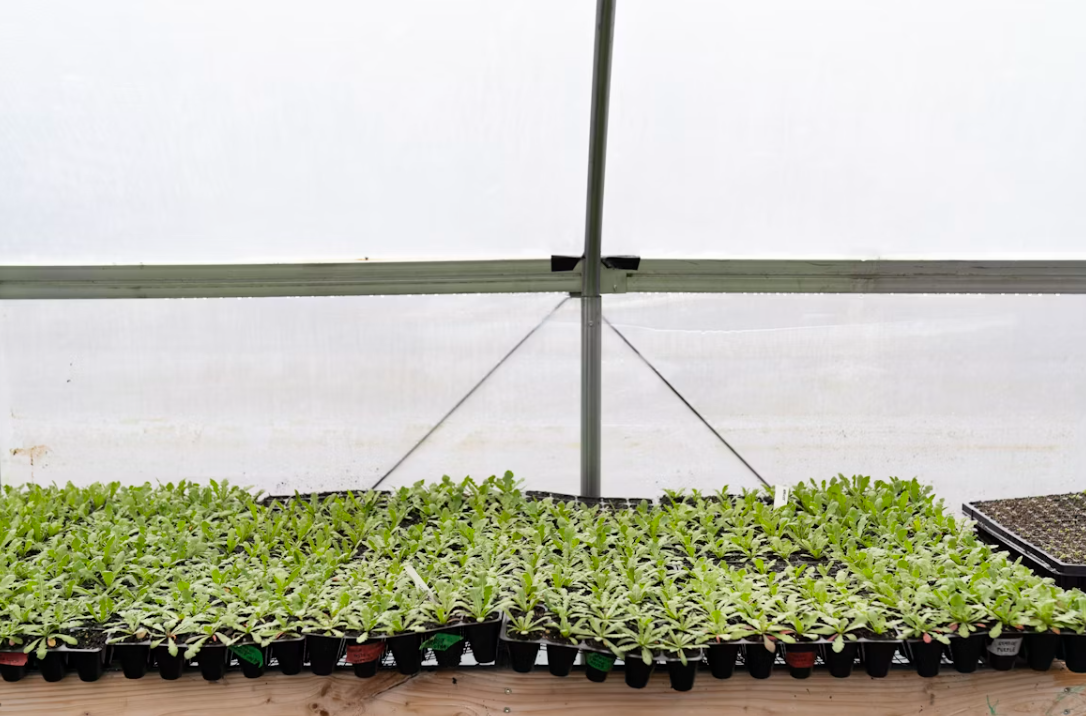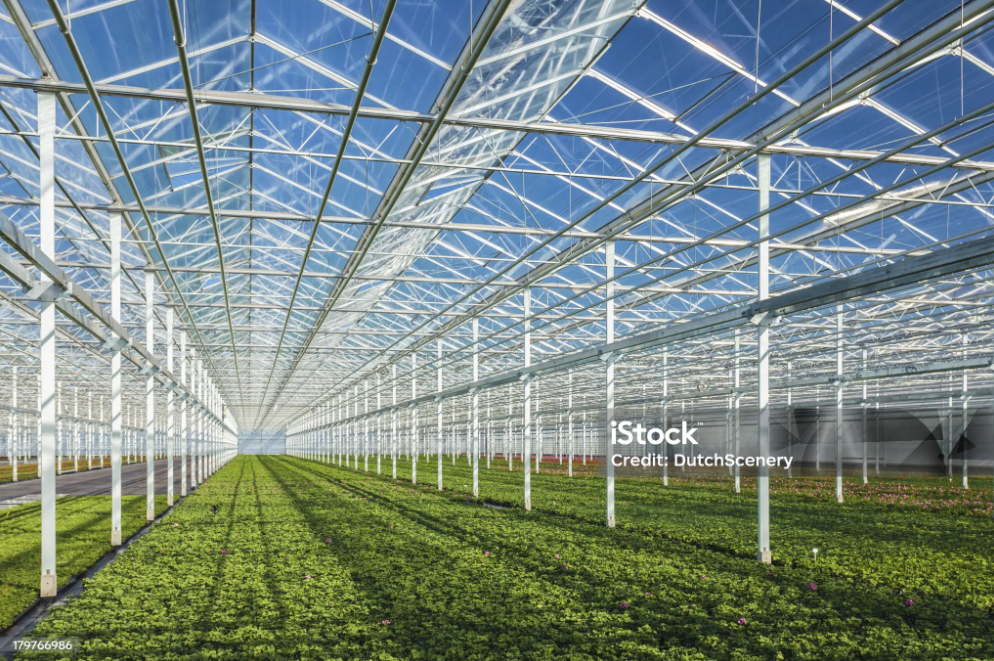Nursery beds play a crucial role in successful plant propagation, especially in commercial agriculture and greenhouse production. Choosing the right type of nursery bed can improve seed germination rates, minimize pest issues, and optimize resource use. But with various types of nursery beds available—each designed for different climates, crops, and soil conditions—how do you know which one is right for your setup?
In this guide, we’ll explore the main types of nursery beds, their features, benefits, and ideal applications to help you make the best decision for your greenhouse or open-field nursery.

Flat nursery beds are level beds built at ground level with no elevation or depression.
Easy to construct and maintain
Commonly used in mild climates with well-draining soil
Crops with shallow root systems
Areas with low rainfall or controlled irrigation
Small-scale or home gardens
Simple and cost-effective
Easy access for planting and weeding
Poor drainage in heavy rain
High risk of waterlogging in clay soil
Raised beds are elevated platforms of soil, usually 15–30 cm above the ground, often supported by bricks or wood.
Excellent for improving drainage
Warmer soil temperatures in early growing seasons
Areas with poor drainage or high rainfall
Root crops like carrots, beets, or herbs
Commercial greenhouse nurseries
Reduces root rot and fungal diseases
Better aeration and nutrient retention
Allows easier access for maintenance
Requires more labor to construct
Can dry out quickly in hot climates
Sunken beds are trenches dug below ground level to retain moisture.
Designed to trap water in arid or sandy environments
Soil is cooler and retains humidity longer
Dry or desert climates
Crops needing high moisture, like leafy greens
Reduces water evaporation
Helps protect seedlings from wind and heat stress
Risk of waterlogging in heavy rains
Difficult to drain in humid regions
Ridge beds involve forming alternating raised ridges and sunken furrows, common in row planting systems.
Good for line sowing and root crop development
Furrows help in water distribution
Large-scale nurseries
Crops like onion, garlic, or maize
Enhances root development
Efficient for irrigation via furrows
Labor-intensive to prepare
Requires machinery for large-scale application

This method uses plastic trays, grow bags, seedling pots, or plug trays for individual seedlings.
Ideal for greenhouse-based propagation
Each seedling is grown separately, reducing competition
Flower nurseries, vegetables, fruit tree saplings
High-value crops in controlled environments
Disease control is easier
Facilitates transplanting with minimal root disturbance
Requires regular watering and monitoring
Initial cost of containers and growing media
These are temporary tunnel structures made with polythene sheets to cover seed beds.
Trap heat and moisture for quick germination
Protect from insects and wind
Areas with fluctuating temperatures
Off-season propagation
Boosts seedling growth in cooler climates
Reduces seedling mortality rate
Needs ventilation management to avoid fungal issues
Limited lifespan of polythene sheets
To select the best nursery bed type, consider the following:
| Factor | Influence on Choice |
|---|---|
| Soil type | Raised beds work best in clay soils |
| Rainfall & drainage | Use sunken beds in dry areas, raised beds in wet zones |
| Crop type | Deep-rooted plants prefer ridge beds; shallow roots suit flat beds |
| Climate | Container and tunnel beds excel in variable or extreme climates |
| Labor & budget | Flat beds are cost-effective; container systems are labor-intensive but high-efficiency |

Each nursery bed type has its own strengths and limitations. For greenhouse growers, container beds and raised beds offer maximum control and efficiency. For open-field propagation, flat, sunken, or ridge beds may be more suitable based on your climate and crop type.
Understanding the pros and cons of each nursery bed option allows you to design a propagation system that’s efficient, scalable, and tailored to your specific conditions—ensuring healthy seedlings and successful crop yields.
Want to build a commercial nursery setup or greenhouse with professional consultation?
At Kunyu Greenhouse, we provide custom greenhouse solutions and nursery infrastructure guidance tailored for farms, horticultural businesses, and agri-exports. Contact us today to learn more.

Copyright ©Kunyu Greenhouse Co., Ltd. All Rights Reserved | Sitemap